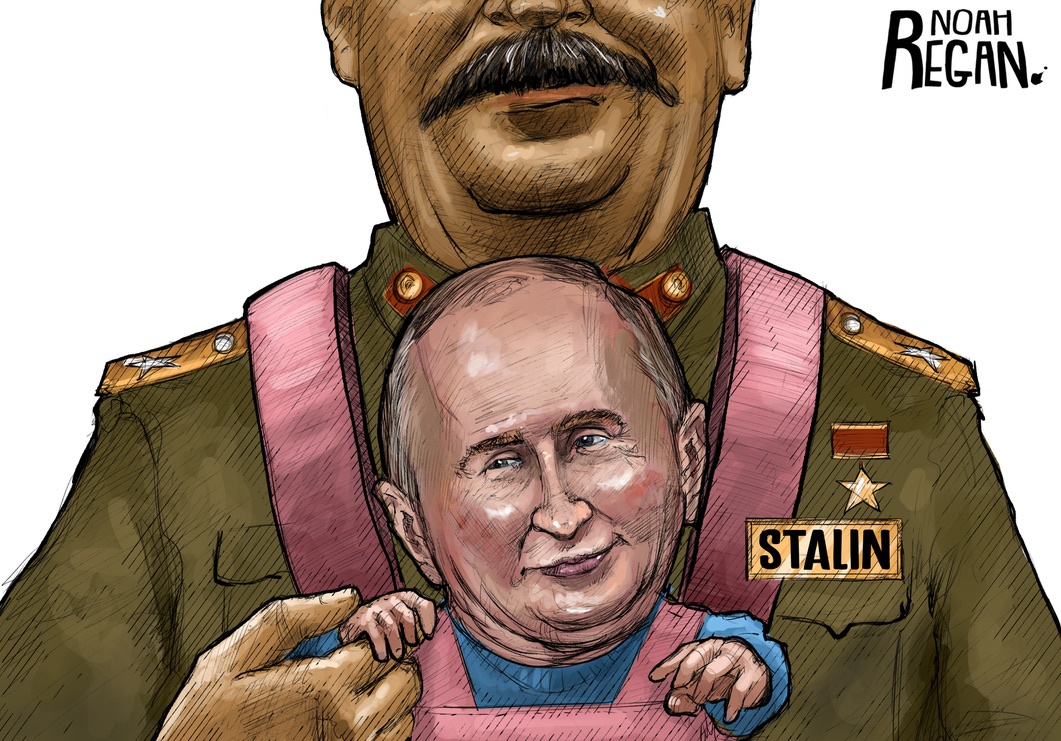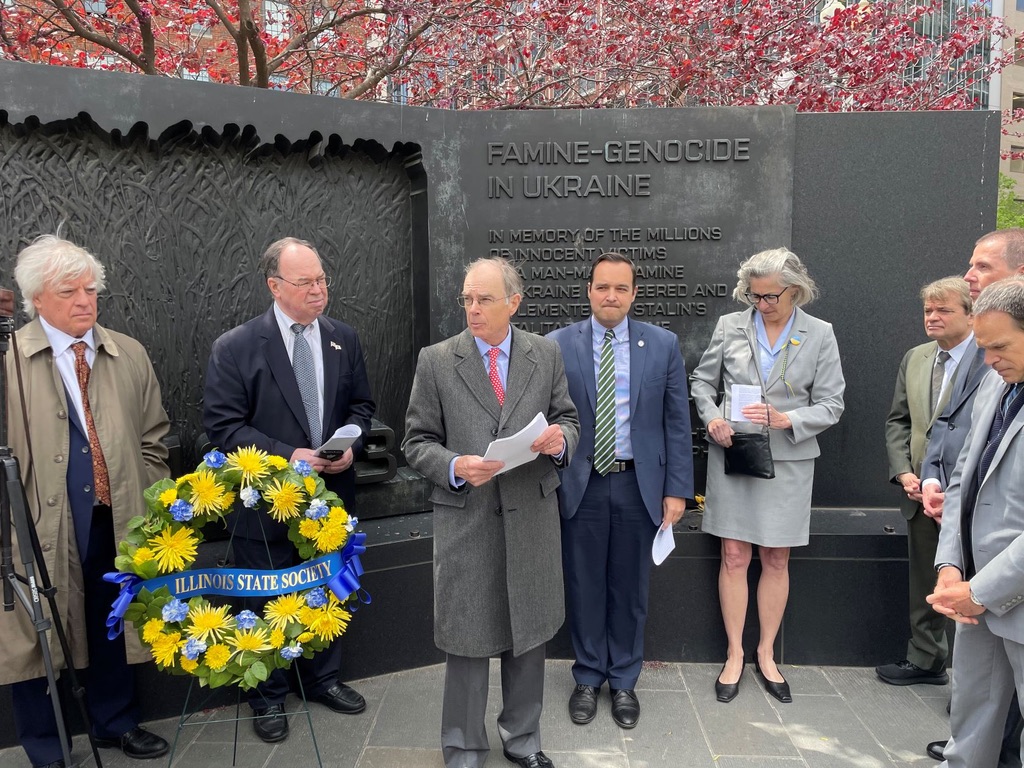At the entrance to the memorial park in Kyiv, there is a sculpture of an extremely thin girl with a very sad look holding a handful of wheat ears in her hands. Behind her back is the Candle of Remembrance, a monument with details reminiscent of authentic embroidery that can be found on traditional Ukrainian costumes. This is a monument that commemorates a historical event known as the Holodomor.
What is the Holodomor?
After the end of the First World War, Ukraine was an independent state, but in 1919 the Soviet Union “sucked” it into the community of Soviet states. The Ukrainians, who even then considered themselves a Central European people like the Poles and not an Eastern European like the Russians, tried to restore Ukraine’s independence.
In 1932, not wanting to lose control of Europe’s main granary, Stalin resorted to one of the most heinous forms of terror against one nation. In the process of nationalization, he took away the grain-producing land from the Ukrainian peasants, but also all its offerings, thus creating an artificial famine.
The goal was to “teach Ukrainians to be smart” so that they would no longer oppose official Moscow. Thus the people who produced the most grain in Europe were left without a crumb of bread. The peak of the Holodomor was in the spring of 1933. In Ukraine at that time, 17 people died of hunger every minute, more than 1,000 every hour, and almost 24,500 every day! People were literally starving to death in the streets.
Stalin settled the Russian population in the emptied Ukrainian villages. During the next census, there was a large shortage of population. Therefore, the Soviet government annulled the census, destroyed the census documents, and the enumerators were shot or sent to the gulag, in order to completely hide the truth.
World War. Their poison gas was hunger. Their Hitler was Stalin. Their Holocaust was the Holodomor. For them, fascist Berlin was Soviet Moscow, and their concentration camp was the Soviet Union.
Today, 28 countries around the world present the Holodomor as genocide against Ukrainians, which you could not learn about in school, because almost all evidence was destroyed and victims were covered up for decades, survivors were forcibly silenced by not having the right to vote until recently.
The Holodomor at that time broke the Ukrainian resistance, but it made the desire for Ukraine’s independence from Russia eternal. (I was sent this summary and do not know the source.)
From the Encyclopedia Britannica:
Holodomor, man-made famine that convulsed the Soviet republic of Ukraine from 1932 to 1933, peaking in the late spring of 1933. It was part of a broader Soviet famine (1931–34) that also caused mass starvation in the grain-growing regions of Soviet Russia and Kazakhstan. The Ukrainian famine, however, was made deadlier by a series of political decrees and decisions that were aimed mostly or only at Ukraine. In acknowledgement of its scale, the famine of 1932–33 is often called the Holodomor, a term derived from the Ukrainian words for hunger (holod) and extermination (mor).
Postscript:
From Brooke C. Stoddard, author who was at Holodomor Wreath Presentation at the Holodomor Memorial near the U. S. Capitol. He was asked by the Illinois State Society to participate on behalf of the Cleveland Club of Washington, D. C.
The Holodomor Memorial to Victims of the Ukrainian Famine-Genocide of 1932–1933 was opened in Washington, D.C., United States, on November 7, 2015. Congress approved creation of the Holodomor Memorial in 2006.



Thanks for this, Chip.
I was a Russian historian, of the pre-revolutionary period. I never learned about this.
cliff
Clifford N. Rosenthal, Author
Democratizing Finance: Origins of the
Community Development Financial Institutions Movement
Responding to Chip and Cliff –
My mother was born in Kiev in 1926. She and my grandparents experienced the “holodomor”. The streets were not safe, because there was a small percentage of people who turned to cannibalism as their last means of survival. My grandfather was arrested by Stalin’s secret police, and “disappeared”. Then, on June 22, 1941, the Nazis invaded Ukraine, and by August, Kiev was under Nazi occupation.
I write this because I see the EU exporting grain from Ukraine – in a year when harvests have been disrupted.
I’m also concerned about the state of the overall Ukrainian financial system, including the credit unions that are still attempting to operate.
All males between 18 and 60 have been officially mobilized, which means that at any moment, they may be called into active service. This also means that they are unable to leave the country, which creates a very difficult decision for families who might otherwise seek refugee status elsewhere.
In the meantime, on the Russian side of the front lines, the provisional governments of the four provinces (“oblasts”) – Donetsk, Luhansk, Kerch, and Zaporozhie – have declared debts to Ukrainian banks and credit unions to be void. Since many of the loans made by Ukrainian CUs are agricultural, the risk of default, either through the actions of the local governments in the east, or the disruption of agricultural activity in the west, will place great stress on the Ukrainian financial system.
Sum this up: 1) a population where the majority is unable to leave, either for family or financial reasons; 2) the export of critical commodities from Ukraine by the EU; and 3) a highly stressed financial system that is will be unable to offer support as winter draws near.
So far, the Kiev government has taken a firm position regarding concessions in their peace talks. There are many who believe that what’s really going on is a proxy war between NATO and Russia, and that Ukrainians are caught in the middle.
If we wish to avoid a Holodomor of 2022-23, we need focus less on sending missiles to feed the conflict, and more on sending assistance to feed the people.